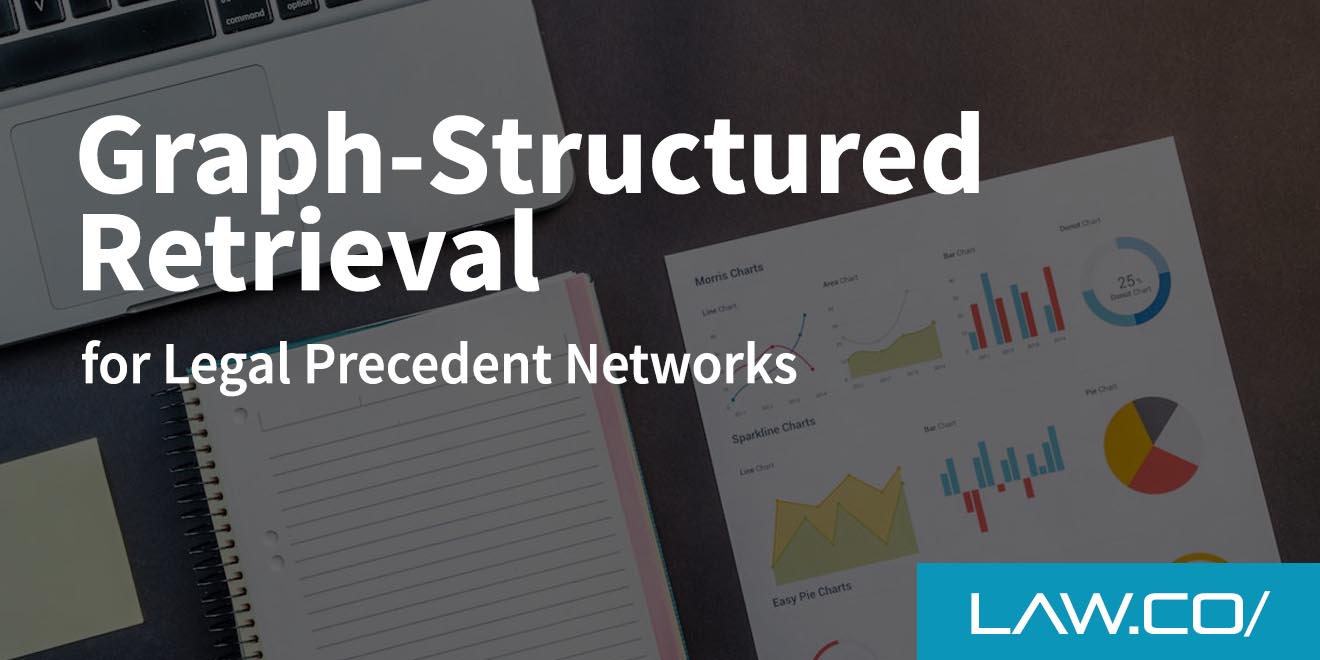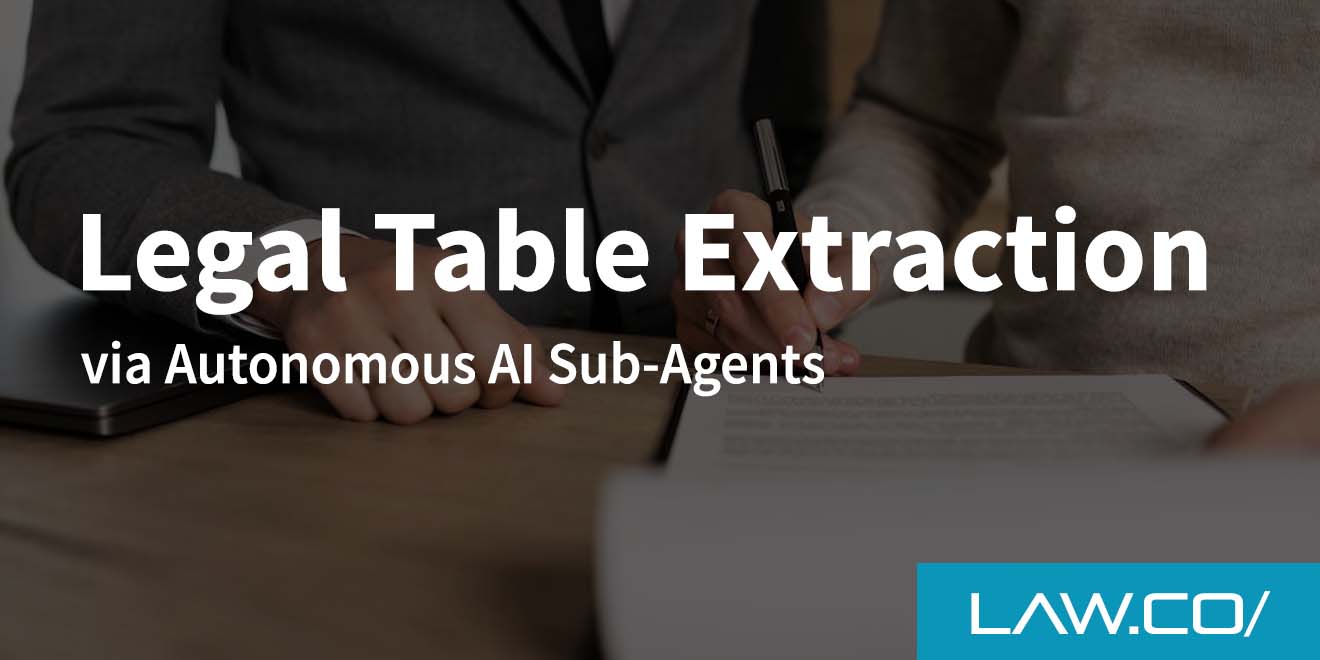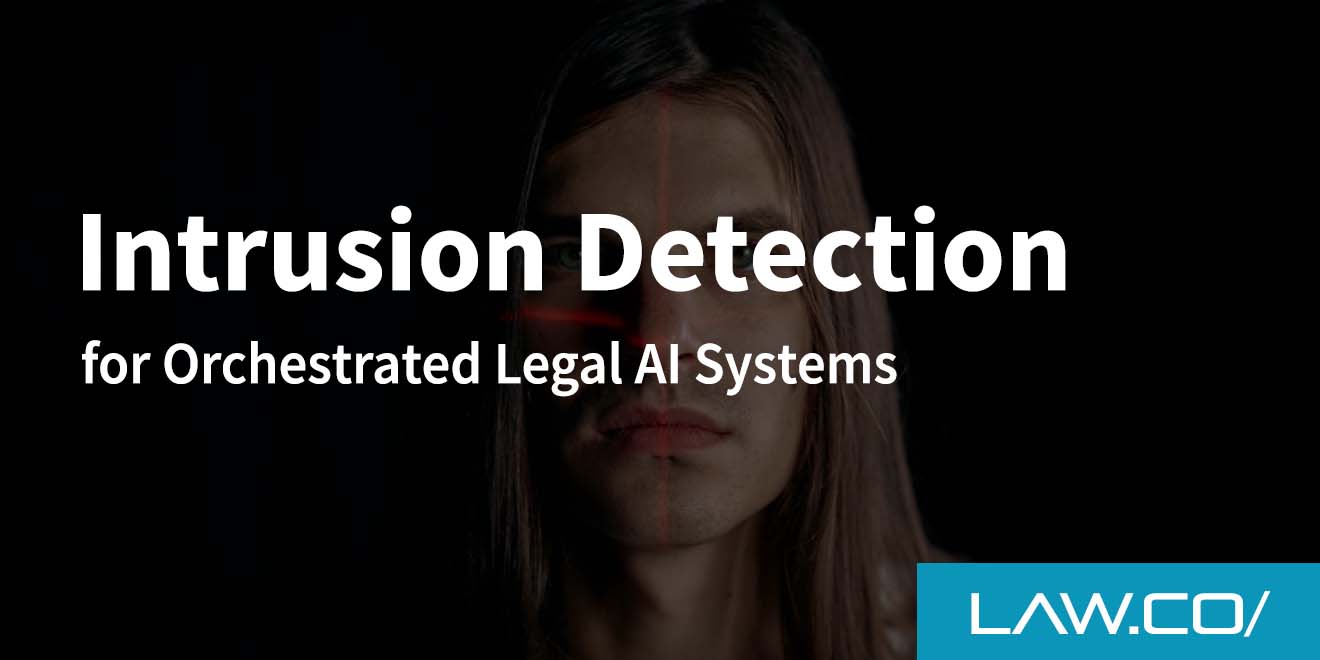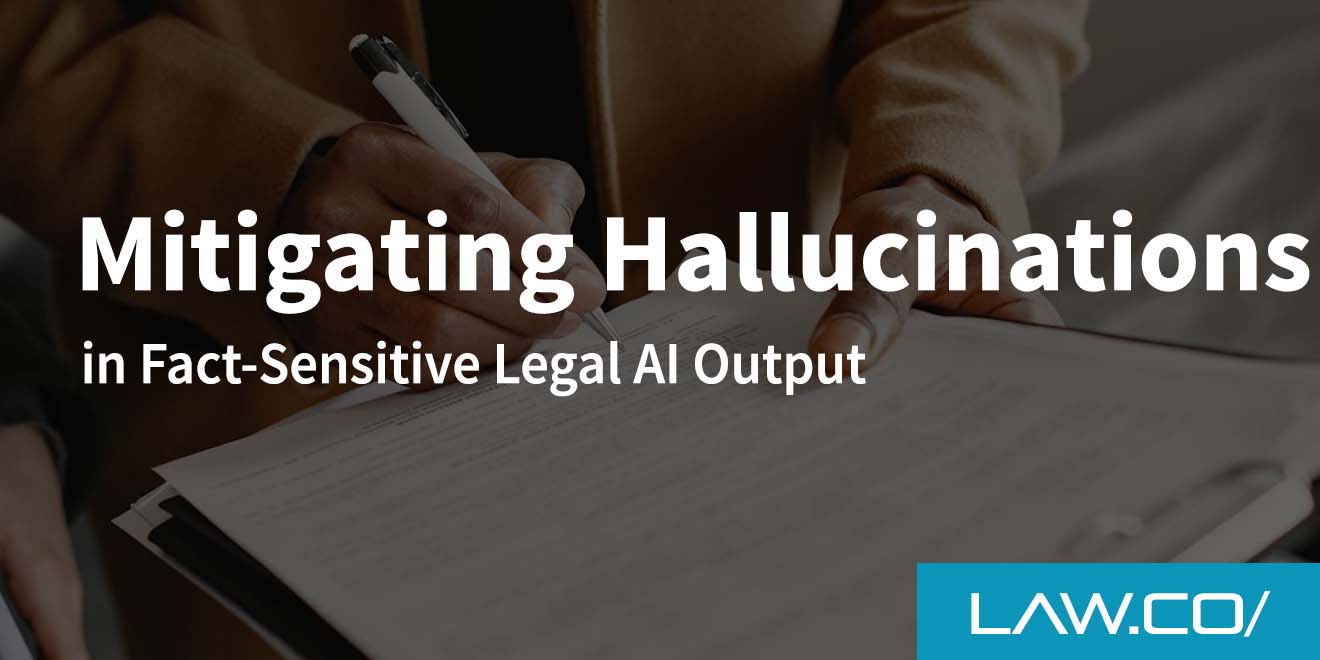

Graph-Structured Retrieval for Legal Precedent Networks
For lawyers and law firms, few tasks are as time-intensive—and ultimately as decisive—as locating the perfect precedent. A single overlooked case can shift the trajectory of litigation, alter settlement negotiations, or even influence public policy. Traditional keyword search tools have helped, but they still force practitioners to sift through dozens of near-duplicate holdings and tangential authorities.
Enter graph-structured retrieval in legal AI, a methodology that organizes case law as an interconnected network rather than a flat list of search results. By visualizing how opinions cite, distinguish, or overrule one another, graph-based systems allow professionals to surface the most influential decisions faster and with greater analytical depth.
The Limitations of Linear Search
Even the most sophisticated Boolean or natural-language queries treat each case as a self-contained document. That linear approach produces two persistent bottlenecks:
- Relevance dilution occurs when a keyword appears frequently in contexts unrelated to the legal issue at hand. A search for “duty of care,” for example, might flood the screen with personal-injury cases even if you’re researching professional malpractice.
- Context blindness emerges because a linear list fails to show how cases relate hierarchically. You may spot a persuasive appellate opinion, yet remain unaware that the state’s highest court later narrowed its scope.
Graph-structured retrieval remedies both gaps by mapping citations and procedural postures into a living, breathing network.
How Graph-Structured Retrieval Works
At its core, a graph consists of nodes and edges. In a legal precedent network, each node represents a judicial opinion, statute, or administrative ruling. Edges encode the relationship between those nodes—most commonly, citations. A modern graph can also include:
- Negative treatments (“overruled,” “distinguished”)
- Procedural links (“affirmed,” “remanded”)
- Shared factual patterns (via machine-extracted embeddings)
Once the network is built, retrieval shifts from keyword hits to path discovery. Algorithms assess:
- Centrality: How often a case is cited in a given doctrinal cluster
- Proximity: The shortest path between two holdings, revealing indirect yet substantive connections
- Temporal influence: Whether a case has remained authoritative over time or has been eclipsed by newer rulings
By layering these metrics, a graph-based engine ranks authorities not just by textual overlap but by doctrinal importance.
Embeddings and Semantic Similarity:
Traditional citation networks focus solely on explicit references. Embeddings—dense numerical vectors produced by machine learning—capture latent semantic similarity. Two opinions might never cite each other yet share near-identical reasoning on, say, the foreseeability test in tort. Embedding-enhanced graphs surface those silent kinships, giving attorneys a richer palette of persuasive authorities.
Building a Legal Precedent Network
Constructing a graph suitable for daily practice involves four stages:
Data Ingestion
Judicial opinions, headnotes, and citator treatments are converted from unstructured text into structured records. OCR (optical character recognition) cleans up scanned PDFs while NLP (natural-language processing) identifies parties, judges, statutes, and outcomes.
Relationship Extraction
Citation parsers tag every “see,” “cf.,” or “contra” reference. Sentiment classifiers score whether the citing court relies upon, limits, or outright rejects the authority.
Graph Construction
Nodes and edges are assembled in a scalable database—most often a property graph model like Neo4j or a distributed framework such as Apache Spark GraphX. Indexes optimize traversal across millions of opinions.
Continuous Updating
Courts publish new rulings daily. Automated crawlers pull slip opinions, run them through the same pipeline, and merge them into the existing graph, ensuring freshness within hours rather than months.
Practical Benefits for Litigation and Advisory Work
Why abandon a familiar search bar for a graph interface? Because the payoff resonates across every phase of representation:
Precision at Speed
Graph traversal trims research time by highlighting only those cases with high centrality and congruent fact patterns.
Argument Strengthening
Seeing a visual lineage of citations exposes the doctrinal “spine” of your position.
Risk Mitigation
Negative-treatment edges flash warnings about cases that appear persuasive on the surface but have been undermined elsewhere.
Strategic Insights
Clustering algorithms can expose differing lines of authority across circuits or state courts, helping shape forum-shopping or appeals strategy.
Implementation Roadmap for Law-Firm IT Leaders
Transitioning from a legacy research platform to a graph-centric workflow need not be disruptive.
Start With a Pilot
Select a high-stakes, research-heavy practice area—antitrust, patent, or appellate litigation—and build a focused subgraph.
Integrate With Existing DMS
Most firms already manage matter files in systems like iManage or NetDocuments. API bridges can inject graph analytics directly into familiar interfaces.
Train Staff in Stages
Begin with power users—research attorneys and librarians—before expanding to associates and partners.
Measure ROI
Track:
- Time-to-memo completion
- Number of research iterations
- User satisfaction
Quantifying efficiency gains justifies continued investment.
Ethical Guardrails and Transparency
Any AI-driven tool must reckon with bias, explainability, and confidentiality.
- Source Attribution: The graph should display underlying citations so attorneys can verify paths manually.
- Model Bias Mitigation: Periodic audits ensure that citation centrality does not systematically privilege certain jurisdictions or demographic patterns.
- Data Security: Hosting the graph on-premises or in a private cloud preserves client confidentiality.
The Future: From Retrieval to Predictive Analytics
Once a precedent network is in place, new capabilities emerge:
- Prediction: Citation dynamics can feed models that estimate a motion’s success in a particular court.
- Simulation: Litigators could simulate ripple effects if the Supreme Court overturns a foundational case.
- Compliance Monitoring: Regulatory teams might track how administrative rulings evolve and flag high-risk areas.
Conclusion
Graph-structured retrieval transforms legal research from a textual treasure hunt into a multidimensional exploration of precedent. By emphasizing citational, semantic, and temporal relationships, it equips legal professionals with deeper insights and strategic clarity. As case law expands and jurisdictional overlap increases, graph-based tools will shift from innovation to necessity—empowering firms to serve clients with greater foresight and precision.

%201.svg)










